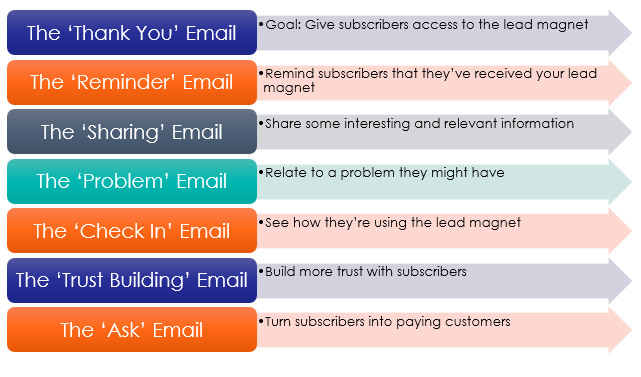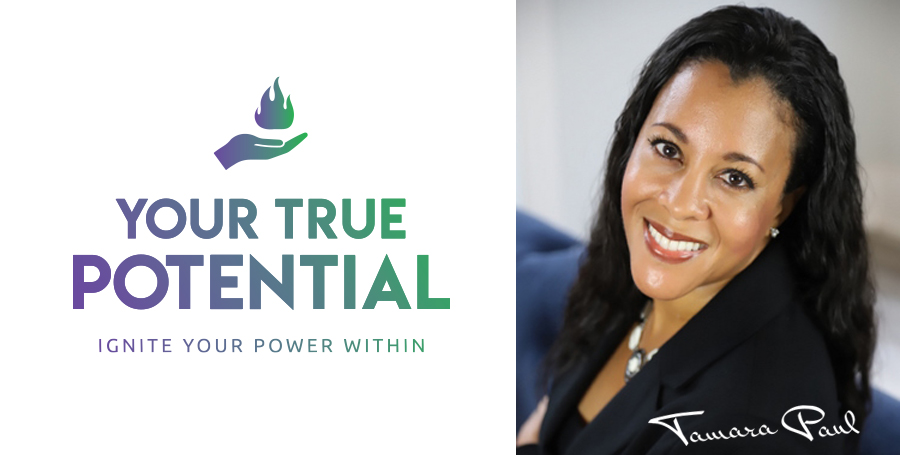Welcome to
Create your organic email listYour Most Valuable Business Asset Today
Module 6:
Write and Schedule Your First Relationship-Building Email Sequence
Now that potential clients and customers have ‘raised their hands’ and said “Yes, I want to know more!” you must make certain that they remain engaged and that they don’t forget you. This is all too easy these days with so many emails flying around.
In this module you’ll write a sequence of emails to get you off to a good start on a long-lasting relationship. You’ll use automation to send those emails on autopilot.
Why You Need Automation
Let’s face it: you probably don’t have time to reply to every email you receive today, let alone send new emails aimed at nurturing relationships with your subscribers.
As we discussed in Module 5, there are reasons why you need an automated email sequence:
- You can build relationships that otherwise may have fallen short due to lack of time and commitment.
- An automated email series is only the first of many communications you’ll have with your potential clients. It sets the tone for future communications and ensures that all your subscribers are receiving the same messaging, keeping your level of customer service consistent.
- You only have to build a specific sequence once. You can set up your emails in advance using your auto-responder and they will be sent automatically at any interval decided by you.
For example, you may select to send one email every five days, once a week, or even over seven weeks. This means your customers aren’t sitting idly waiting on you to remember to send an email.
While automation is easy to put in place, don’t overwhelm your list with too many emails. Judge what you think is best for your audience and what you can commit to writing.
Start With a ‘Welcome’ Email Sequence
Subscribers are the most engaged when they first join your email list. You need to take advantage of this and create a series of emails welcoming them. This is a way of continuing the conversation, letting them get to know you, and it sets the tone for the future.
Marketers say that seven emails in a sequence can get from the original opt-in to a purchase because through that sequence you build the ‘know, like, and trust’ factor. There may be times when seven emails isn’t enough – for example, a higher-priced offer may require more emails plus more personal interaction. It all depends on your ideal customer and their needs.
We’ll stick with seven for this introductory sequence. It might help you to think of this sequence as one single piece of content. By looking at it that way, it helps ensure everything relates and is in the right order.
Despite having perfectly timed emails, content is still what is going to keep your subscribers engaged. Email sequences should deepen the relationships you have with subscribers over time, solely through the content you share.
Here are seven email templates you can customize for your welcome sequence:

Email #1: The ‘Thank You’ Email.
Goal: Give subscribers access to the lead magnet they signed up for.
The very first email you send needs to thank people for signing up and it must tell them how to get their gift – part of keeping the promise you made.
Since this is the first email people receive from you, you need to tell them more about you or your brand. This is where they start to get to know you.
This is also where you need to set expectations on how often you’ll send emails and reiterate the benefits of joining your list.
Email #2: The ‘Reminder’ Email.
Goal: Remind your subscribers that they received your lead magnet.
This is a good time to check in to see if they have any questions about the content they received. Encourage them to go through it and give them tips for how to get the most out of it.
Email #3: The ‘Sharing’ Email.
Goal: Share some interesting and relevant information.
Show your audience you provide great content by sharing some of your wisdom. This is a great time to repurpose some content and share an article you’ve written or even a webinar you’ve hosted.
You can make a very gentle reference to how you could help them further. Just make sure the content is relevant to the lead magnet they signed up for.
Email #4: The ‘Problem’ Email.
Goal: Relate to a problem they might be experiencing.
Choose some FAQs about your topic and share your answers with your subscribers to show that you’re an expert in your field. You could also tell a story that relates to the problem addressed in your lead magnet and how you (or a past client) overcame that challenge.
Email #5: The ‘Check In’ Email.
Goal: See how they’re using their lead magnet.
Ask them how they are using their lead magnet to help their life/business/weight loss/relationship or whatever their particular challenge is. Start to mention that you have other ways to help them.
Email #6: The ‘Trust Building’ Email.
Goal: Build even more trust with your subscribers.
Share a short case study of how your work has helped a client. This builds up trust and demonstrates that you know what you’re doing. Again, mention your ability to help.
Email #7: The ‘Ask’ Email.
Goal: Turn your email subscriber into a paying customer.
Now’s the time for you to make a specific offer to convert your subscriber into a customer. You will never make any sales if you don’t ask if they want to buy!
Here is where you can offer such paid things as an online course, a coaching session, an email challenge, or whatever fits with your customer journey (Remember that from Module 3?).
Test Your Email Sequence
Now that you know what it takes for a well laid out email sequence, you’ll need to test each email and check that your opt-in form is linked to your email list. Make sure that your first follow-ups are working.
Test multiple times and have other people test it too. Once something is on autopilot, you don’t want to suddenly find out people aren’t getting your emails!
With the opt-in you created in Module 5 and your first email, you’ll be ready to go and start building your list.
Conclusion
Email sequences can move people through a journey from not having ever heard of your company, to becoming a customer and (potentially) an enthusiastic brand advocate.
Once you have a series of seven (that’s six + the first ‘thank you’ email) set up, then you know your clients are being taken care of and that they won’t forget you in the short run. But you’ll need more over time. We’ll talk about additional content to send in a later module.
Action Steps:
- Write your first welcome email.
- Plan the sequence of seven emails covered in the module and write them.
- Load your emails into your autoresponder, according to their tutorials, and schedule them for a minimum of 2 to 3 days apart for your first interaction with your subscriber.
- Do a test sign-up to make sure everything is working, including your download.
A Word
From Tamara
As an entrepreneur myself I completely understand the stress, anxiety and frustration around launching or growing a business. I also know the rewards and life style change the hard work can provide you if you stay focused. I am here to inspire and motivate you to push forward. The fact that you’re investing in your business education let’s me know you’re in this to win. Rest assured I’m here to help you…. These courses are set up to help you understand the basics. To dig deeper into your specific plan of action we will discuss where you are, where you want to be, eliminate any blocks preventing you from getting to the next step and create an action plan.


